Would the Post Office, one of the big five supermarkets, or Royal Mail themselves supply counterfeit stamps? While it’s possible, here at ChannelX we find it highly improbable these reputable businesses are selling fake stamps… and if it ever did happen it’s likely to be a highly isolated local incident.
So why are so many consumers buying stamps from these businesses discovering people they send letters to are copping £5 fines to collect their mail with a stamp Royal Mail has determined is a fake.
One such customer documented by This is Money received their stamps direct from Royal Mail when they made use of the Stamp Swap Out scheme to exchange their old stamps for the new barcoded stamps. Surely they must be genuine? Not so say Royal Mail who imposed a £5 fine for a fake stamp on one of the recipients letters.
What we know is scant – we know that fake stamps are being produced in China and we know Royal Mail say that less than 0.1% of stamps are likely to be fake. Doesn’t sound much does it? But Royal Mail deliver 8 billion letters a year so that’s a potential 8 million £5 fines being issued for fake stamps and that’s a lot of fines.
But what we want to know is how does a fake stamp end up in the hands of an innocent consumer that buys their stamps at the Post Office, a supermarket, or that came direct from Royal Mail’s Stamp Swap Out scheme? This is not a highly sophisticated criminal and it’s not someone buying stamps at a discount. We have a theory, we may be wrong, but it’s the only way we can make sense of normal law-abiding citizens buying a book of four or eight stamps from a reputable outlet ending up accused of using a fake stamp.
Everything beyond this point is supposition as we have no way to prove or disprove what’s happening.
So… the Chinese crooks who produce fake stamps with barcodes – how do they select the barcodes to print? Is it possible Royal Mail barcoded stamps are produced sequentially in the same way that rolls of Signed For and Special Delivery stickers used to be numbered sequentially? If so, wouldn’t it be simple for a stamp forger to predict a range of barcode numbers that Royal Mail will use in the future and produce fake stamps with this number range?
If genuine barcodes are being used, it’s perfectly possible that letters could be sent with these barcode number ranges and fly through the post undetected. But what it would mean is that Royal Mail had clocked that these barcodes had been used. Then, when an innocent consumer uses the genuine stamp with the same barcode, Royal Mail’s computer might say ‘Hey, this must be a fake because the barcode is being used for a second time’.
This is all a theory, none of it might be correct. But having spoken to many in the industry, it’s the only theory that’s been postulated as to how a stamp purchased from a reputable source could be considered a fake.
We’d love to know your thoughts – Do you think Post Offices and Supermarkets and Royal Mail themselves are selling fakes. Or do you think that the little old lady buying a book of stamps to send her grandchildren a Christmas card is likely a criminal mastermind? Or is it more likely that Chinese counterfeiters are using barcodes on fake stamps before the genuine barcoded stamp gets popped into the mail on a birthday card?
Final thought, if this theory is correct and barcodes have been compromised (or god help us if Royal Mail are simply using sequential barcodes that can be guessed in advance) the problem is only likely to get worse in the future as more and more genuine stamps are sold with codes the counterfeiters have already used.
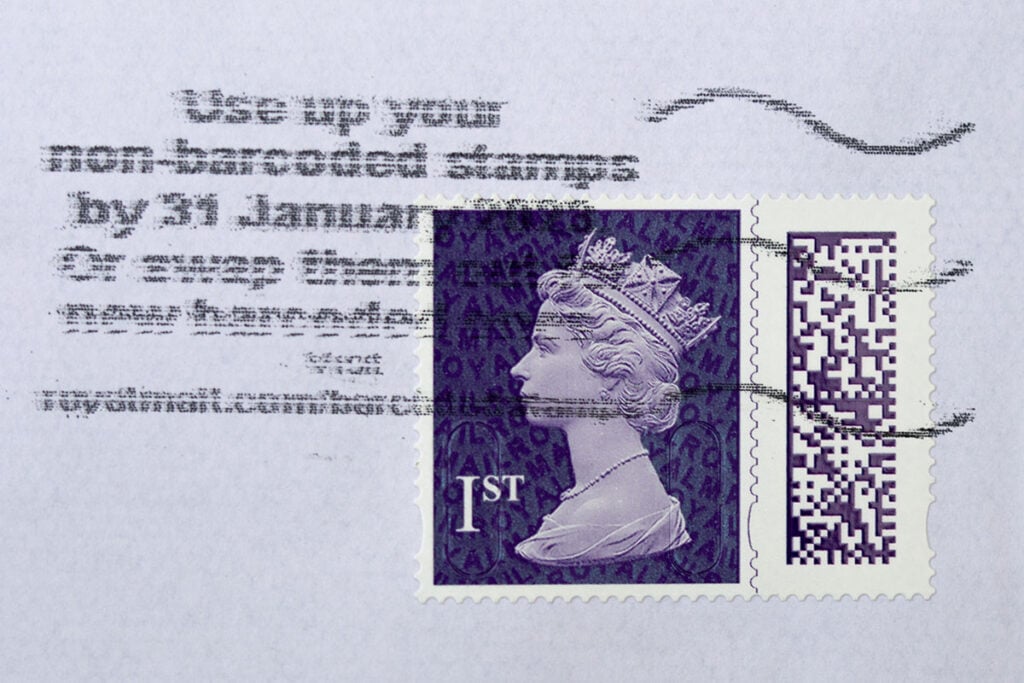
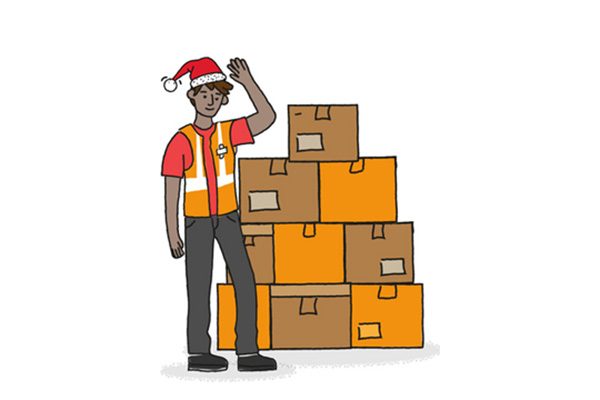
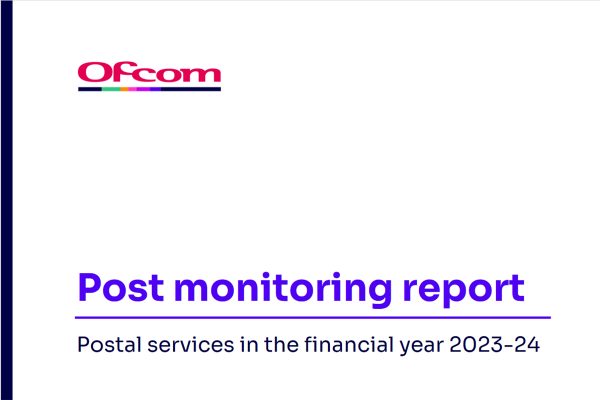
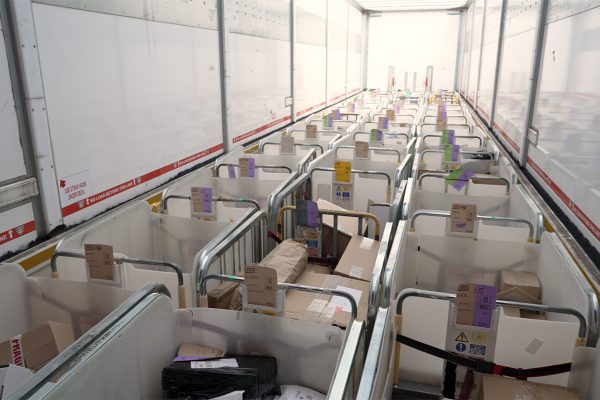
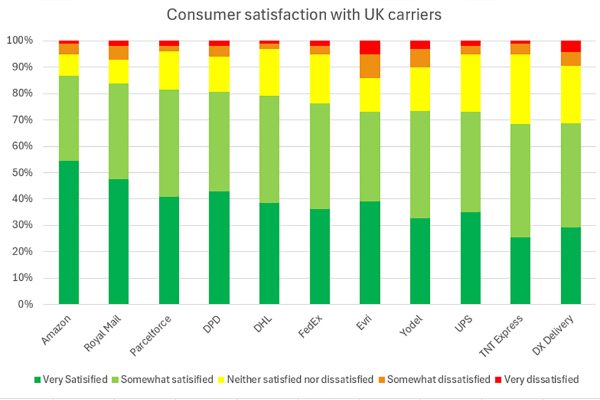
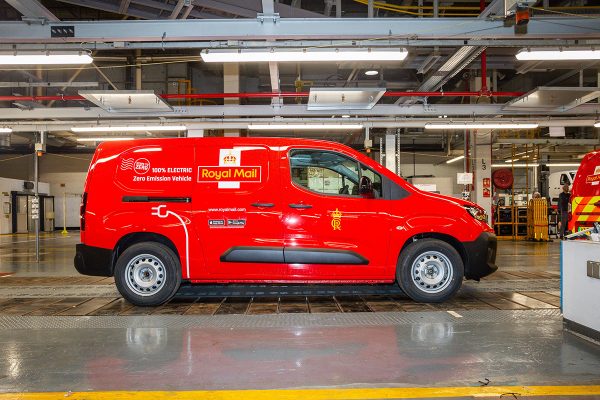




5 Responses
I would hazard a guess as, RM’s incompetence.
We mainly send Large Letter at around 50 grams.
A few times, when checking my invoice, I see an “Adjustment” or fine, as I call it.
It’s a 250 gram parcel they say!
Once YOU have done all the detective work and challenged them they provide photos of the packet IN the machine that measures and weighs it.
When challenged again they admit defeat and credit you.
I think Chris’s theory could be correct too. It wouldn’t surprise me if they used sequential numbering and once used the second user MUST be the criminal.
My latest interaction with RM is a £30 adjustment, which they can’t relate to a transaction but an international packet that was sent domestic. The challenge continues.
And lastly, if you ever thought you might get a rebate on a missed collection, it’s part of their terms and conditions that if THEIR van breaks down, and they don’t collect, THAT is beyond their control.
(Gets off his/her/their/him/they soapbox)
I don’t use them, but it is an interesting story.
Ebay and Amazon have been mentioned in the news for being a huge source of these fake stamps. Sure enough, I quickly found one seller on ebay (a private seller, of course) selling 50x First Class Large Stamps for £14.99. Yes, you read the price correctly. The listing stated more than 10 available and 48 sold, so as usual, not a private seller at all.
The listing title says “50 First 1st Class Large Letter Stamps Barcoded Stamps – See & Read Description” In the description it says “Sold Not for Postage but for Collectors/Philatelic use only. Returns not accepted”
Even if it is legal for someone to sell like this, you know they aren’t going into the hands of stamp collectors, who surely would want genuine stamps for their collection.
This was just one seller, but there are loads of them at it. I’d expect the big online sites to clamp down soon, worried about the bad press and potential legal action.
One of the reasons you see so many stamps on places is like eBay is there is a lot of people who take part in the Postal Panels.
I used to send out tons of mail on behalf of RMG with trackers and you used to get 1st class stamps (which I still have an a bucket off) 1st class LL and collectors edi all sold on eBay over the years, so a lot of stamps on eBay will be genuine but now they will be mixed in with the fakes.
Royal Mail are simply using sequential barcodes I would not be surprised in the slightest with them these days. As for mine they will just be left in a drawer to gain value till this is sorted.
I wonder if the counterfeits have worked out how to generate valid barcodes, and getting these in to circulation before Royal mail does? When the legitimate Royal Mail stamp does get into circulation later it will show up on scanning as “already used” and hence “counterfeit”, when in fact it is the proper legitimate stamp.
Bit of an own goal if this is happening. My OH sends a lot of stamped post for her work, so I better tell her to stop using stamps (generate postage online instead) if this is a problem, or get her to only use unbarcoded stamps.
While I think your theory has merit, looking at the barcodes within a book it appears they vary in several places across the barcode which would make me think that they are not just sequential. My theory is that they forgot to add the some lists of used codes into their checking system before it went live and so flagged them as duff. Bet they use some antiquated spreadsheet which loses rows.
The factor which gave rise to people selling large quantities of stamps online were the huge price hikes a few years back which incentivised people to stock-up with, in some cases, thousands of pounds worth of stamps which would inevitably end up being re-sold.